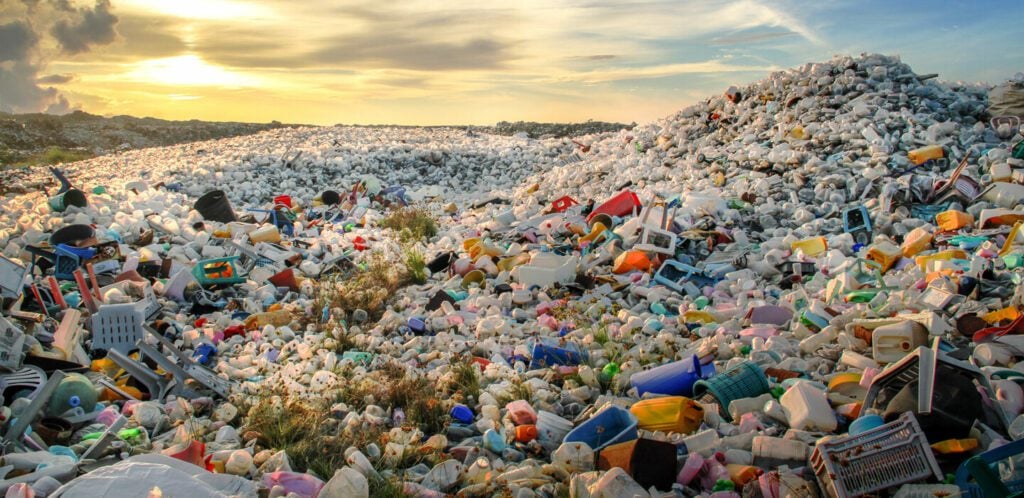Landfills hold both household and commercial waste. Most household waste sent to landfills is organic, such as food, paper, cardboard, or wood. Other types of household waste include plastic or tin packaging. Do you know how dangerous it is to live next to a Landfill?
Living near a landfill increases your chances of developing various health problems, including tuberculosis.
How Does a Landfill Operate?
A landfill site is prepared for waste, rubbish, or debris disposal. Diggers are used to shape the land before it is used to store waste, and it is covered with an artificial water-resistant coating to prevent the rubbish from contaminating the soil. According to the law, landfills must be located away from populated areas and used for farming or drinking water.
Waste is crushed and compacted to take up as little space as possible before being transported by lorry to outdoor landfill sites, where it is dumped and buried beneath layers of soil to decompose.
However, due to the conditions of the landfill sites, where there is little oxygen and moisture, and the characteristics of the materials, much of this waste takes years to decompose. (Source: Active Sustainability)
What Happens When the Landfill is Full?
When a landfill is full, it is limited and rehabilitated for use as green spaces such as parks and community grounds. After capping, these will be maintained for up to 30 years.
Landfills can take years to reach maximum capacity, depending on waste type and volume. The final layer of cover material, clay, and vegetation is then applied to landfills. This cap layer creates a barrier that keeps odors in and rainwater out. The site has been planted to suit its future use, recreation, or light cultivation. (Source: Active Sustainability)
Do Landfills Cause Climate Change?
Landfills contribute to global warming by producing and releasing biogas into the atmosphere. Biogas is a gas mixture primarily composed of methane gas and carbon dioxide, two of the gases responsible for climate change and global warming. According to the ISWA report, if current trends continue and no action is taken, landfill sites will account for 10% of greenhouse gas emissions by 2025.
Some of these landfills have degassing methods, which are an improvement over conventional landfills but still have drawbacks: degassing is usually performed after the landfill cell has been closed, so methane from the more readily biodegradable components has already been released into the atmosphere before degassing occurs. Horizontal degassing projects that capture methane while the landfill cell is still operational achieve better results, but they can only capture a portion of the methane produced. (Source: Active Sustainability)
Do Landfills Contaminate Soil and Water in the Area?
Landfills are frequently responsible for soil and groundwater contamination because contaminating materials, such as heavy metals like lead and mercury stored waste, can spread to the soil and water near the plant.
Furthermore, while it is uncommon for waterproofing membranes to rupture when they do, the environmental consequences are disastrous (Source: Active Sustainability)
Image from ScienceNews
